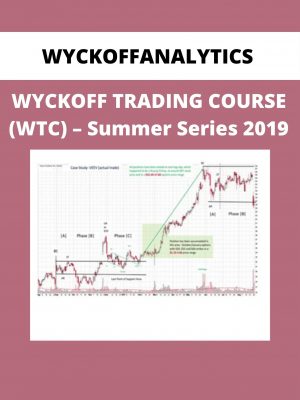-
×
 Jared Passey – The C3PO Forex Trading Strategy
1 × $11
Jared Passey – The C3PO Forex Trading Strategy
1 × $11 -
×
 Bob Proctor – Thinking into Results
1 × $80
Bob Proctor – Thinking into Results
1 × $80 -
×
Mark Cunningham – Hypnotic Awakenings 1 × $13
-
×
Bashar – The Sedona Vortex Array 1 × $22
-
×
Mazen C Alsatie – Overview of Colon Polyps and Screening for Colon Cancer 1 × $10
Subtotal: $136

 Mark Cunningham – Hypnotic Awakenings
Mark Cunningham – Hypnotic Awakenings  Bashar – The Sedona Vortex Array
Bashar – The Sedona Vortex Array  Mazen C Alsatie – Overview of Colon Polyps and Screening for Colon Cancer
Mazen C Alsatie – Overview of Colon Polyps and Screening for Colon Cancer 










